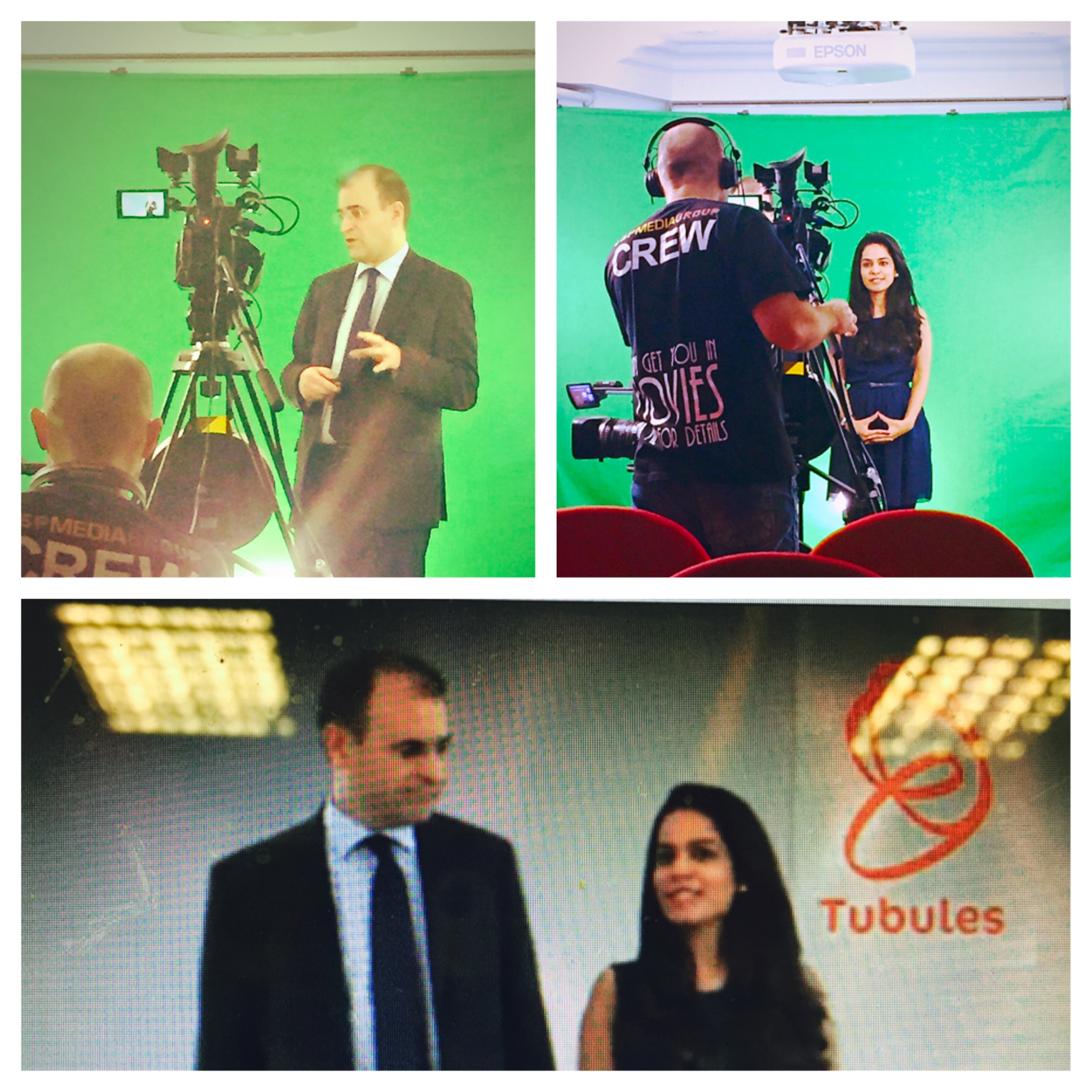Home/Articles
/ Periodontology /
Reena’s Notes: TubulesLive with Professor Nikos Donos – Alveolar Ridge Preservation
November 20, 2014

- Alveolar ridge preservation/bone regeneration and soft tissue management is important especially in our implant patients.
- Post-extraction healing can be divided up into distinct phases: Inflammation – blood clot (0-1 days), fibroplasia – granulation tissue (4-7 days), mineralisation – woven bone (7-30 days) and remodelling – lamellar bone (30+ days). Trombelli (2008) has described in detail the modelling and re-modelling of human extraction sockets. He found that the most dominant tissue when the socket heals by itself is connective tissue.
- The resorption of the buccal compartment of the ridge after tooth removal is always more pronounced than the amount of tissue that is lost in the lingual/palatal portion. This is due to the fact that the buccal bone is usually thinner than the lingual/palatal.
- A systematic review by Van der Weijden (2009) looked at the alveolar bone dimensional changes of post-extraction sockets in humans. The reduction in width of the alveolar ridges was 3.87 mm. The mean clinical mid-buccal height loss was 1.67 mm. The mean crestal height change as assessed on the radiographs was 1.53 mm. Socket fill in height as measured relative to the original socket floor was on an average 2.57 mm.
- Alveolar atrophy is created/influenced by functional factors (functional loading, prosthetic factors, muscle tone), inflammatory causes (extraction trauma, periodontal disease, local inflammatory processes, mucosal inflammation) and systemic and anatomical factors (age, gender, nutrition, hormone status, mineral deficits, medications, facial form, size of mandible, depth of socket, local bone quality).
- Following tooth extraction the choices are to: (1) Wait – 6-8 weeks type 2 implant placement, 12-16 weeks type 3 implant placement, > 6 months type 4 implant placement, resin bonded or conventional bridge; (2) Extraction and immediate implant placement (type 1); (3) Extraction and ridge preservation.
- Alveolar ridge classified by Hammerle. Would like to go from 5 to 0/1.
- Materials that may be used: grafting, GTR, sponges/plugs, soft tissue seal, growth factors, systemic medications or combinations.
- How do we determine success? Preservation of pre-existing alveolar ridge dimension, prevention of alveolar ridge resorption and histologically new bone formation.
- There are a significant amount of publications on this topic. From all of the systematic reviews and consensus statements, alveolar ridge preservation is effective in limiting post extraction ridge dimensional loss. 100% ridge preservation is unpredictable and alveolar ridge preservation is unable to prevent complete resorption. Membranes obtained better results. There is no evidence to support one technique over the other. There is no evidence regarding local or genetic factors that may influence the predictability of alveolar ridge preservation. There is not enough evidence supporting the importance of ridge preservation in improving implant survival/success rate, aesthetics, treatment economy, timing and patient satisfaction.
- Prof Donos’ protocol (from clinical experience): Once we extract, if it is for periodontal reasons and we have more than 50% attachment in the area then we should be completing a ridge preservation procedure (GBR/socket seal). If the atatchmet is less than 50%/wide defect/abscess – this will not be optimal. If the extraction is due to endodontic areas and there is an active abscess/sinus then ridge preservation not recommended. If a chronic lesion then this can be removed and a ridge preservation procedure can be completed. Ridge preservation is ideal following extraction of fractured teeth. When considering restoration, a clear yes for type 3 or 4 implant placement. When focusing on site characteristics, need to consider socket integrity, thickness of the buccal bone and anatomical structures.
- In summary, ridge preservation does not preclude the resorption of bundle bone. However, these techniques: limit post extraction ridge dimensional loss, maintain soft and hard tissue contour of the ridge, support bone formation in the extraction socket and permit implant placement.



